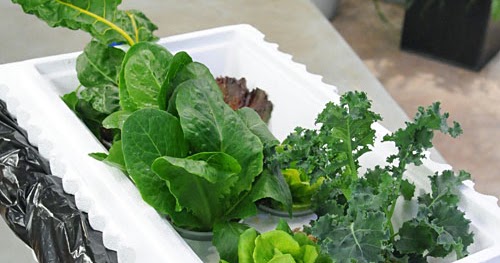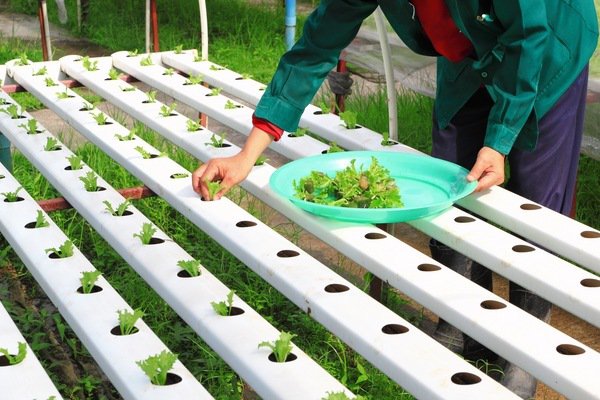

For example hydroponic gardening uses considerably less water than soil gardening because of the constant reuse of the nutrient solutions. Hydroponic gardening is also beneficial to the environment. This form of gardening is clean and extremely easy, and it requires very little effort. And since the plant expends less energy in growing roots it has more energy available to be productive above the rootline! Hydroponically grown vegetables are healthy, vigorous, and consistently reliable. Since this water is so high in nutrient content, the plant does not need large roots to search for nutrition. The reason for this is that the plants get their nutrition fed directly into their roots from nutrient rich water.

There are a few advantages with hydroponic gardening over traditional gardening -for example the rate of growth of a hydroponic plant can be up to 50% faster than a soil plant grown under the same conditions.Īnd the yield of the plant is also greater!

There are hundreds of attractive native ornamentals that will survive better, and attract more wildlife than these imported oriental species-and it’s just a matter of getting to know them.The idea of hydroponic gardening (gardening without soil), has been around since the time of King Solomon. of A., along with species like the azalea and rhododendron, camellia and gardenia, hibiscus, peony, and chrysanthemum. Those traditions were passed onto gardeners in the young U.S. So many of the most used and coveted ornamental plants were, centuries ago, brought to Europe from China and the rest of Asia. “We must now act collectively to put our ecosystems back together again.”ĬHECK OUT GNN’s WEEKLY GARDENING COLUMN: Good Gardening “We can no longer leave conservation to the conservationists,” stresses Wild Ones Honorary Director Doug Tallamy. The nonprofit ensured the plans are formatted for printers so that users can have the plan in their hands while walking through their gardens. Louis, Tallahassee, Toledo, Tucson, and Washington, D.C.Ī plant list accompanies each design and provides a quick preview of the diversity and beauty of the native plants incorporated within each design. The eco-regions included in the planner are located in major metropolitan areas, including Boston, Chattanooga, Chicago, Columbia River Basin, Denver/Front Range, Grand Rapids, Greensboro, Lafayette, Las Cruces, Milwaukee, Minneapolis, Philadelphia, Portland, Princeton, St.


 0 kommentar(er)
0 kommentar(er)
